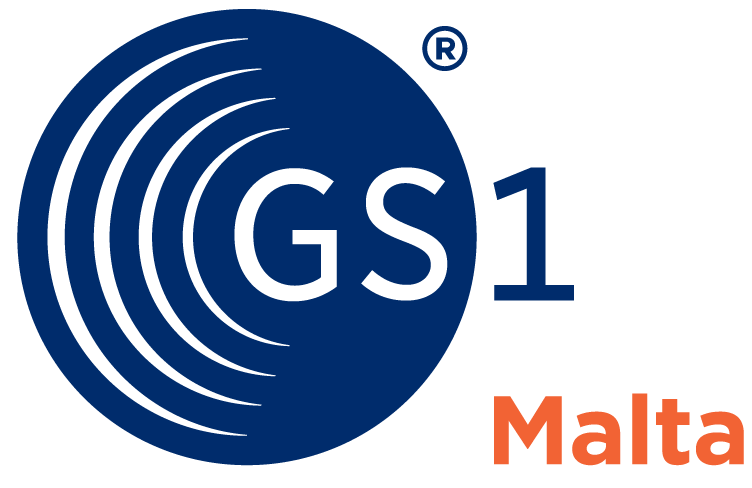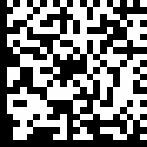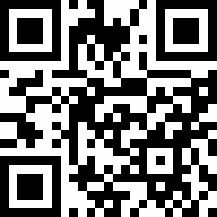One-dimensional barcodes, also called linear barcodes, are commonly found on consumer goods. They use a series of variable-width lines and spaces to encode data, including the GTIN for product identification.
- GTIN/EAN
- UPC: Encodes a GTIN-12 to uniquely identify a product and is most commonly used for retailer point-of-sale within North America, although it can be used globally.
- GTIN-8: Used on small packages where the EAN-13 barcode would be too large.
- GS1-128 Barcodes: Uses a series of GS1 Application Identifiers (AIs) to include additional data such as best before date, batch/lot number, quantity, weight, and many other attributes. It also encodes the SSCC when used on logistic labels.
- GMN: The Global Model Number is a GS1 key used to identify a product model or product family.
- ITF-14 Barcodes: Can only hold the Global Trade Item Number (GTIN) and is suitable for printing on corrugated materials.
- SSCC
2D Barcode
The two most widely recognized 2D codes, QR and GS1 DataMatrix, can store an extensive amount of data, including batch and lot numbers, weight, price, and expiration dates. They also provide access to promotions, product usage instructions, and recall notices—all within a single code. These codes require only a third of the space needed for a traditional barcode while containing significantly more information than an EAN/UPC barcode.
This next generation of barcode will offer more possibilities and still goes beep at the cash register!
GS1 DataMatrix:
QR Code [GS1 Digital Link URI]:



